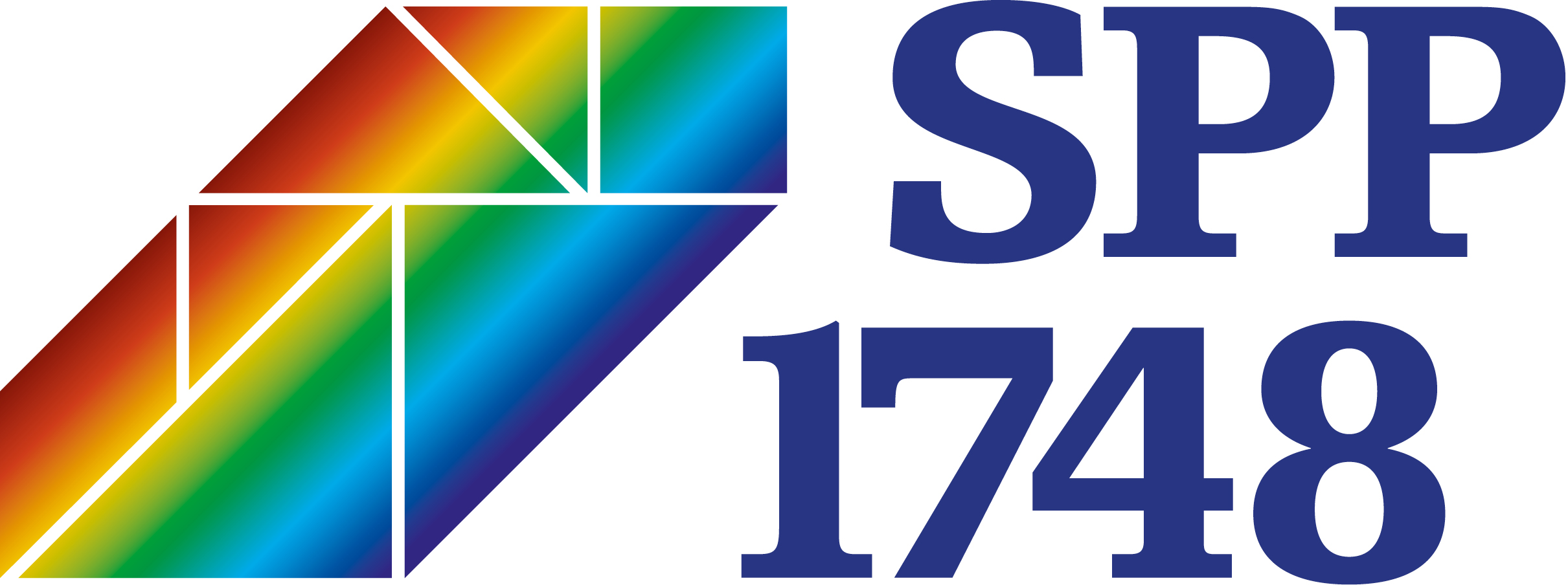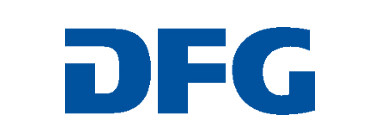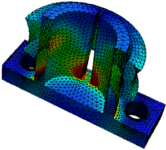Subproject
Approximation and reconstruction of stresses in the deformed configuration for hyperelastic material models
Prof. Dr.-Ing. habil. Jörg Schröder (Duisburg-Essen)
Prof. Dr. Gerhard Starke (Duisburg-Essen)
Dr. Fleurianne Bertrand (Duisburg-Essen)

Abstract
The goal of this project is to provide an improved understanding of elastic behavior at finite strains by promising finite element approaches which have so far mostly been studied in the context of linear elasticity. In particular, these include nonconforming $P_2$ elements on triangles and tetrahedra which have advantageous
properties with respect to local momentum conservation and inf-sup stability. Our plan is to investigate how much of these favourable properties carry over to the hyperelastic situation. Momentum-conservative stresses can be reconstructed from displacement-pressure approximations using computations on local patches. In the case of hyperelastic material models, the reconstruction is somewhat more involved since the input stress arising directly from the displacement-pressure approximation is not piecewise linear anymore. Much more severe, however, are the difficulties associated with the use of these stress reconstructions to provide an a posteriori error estimator. The nonlinearity of the problem makes the situation much more complicated and we attempt to widen the range of applicability as much as possible. Approaches which compute stress approximations directly in $H (div)$-conforming finite element spaces will also be studied from the mathematical as well as from the mechanical side. To this end, least-squares finite element methods will be modified concerning the treatment of stress symmetry and the enforcement of inter-element continuity conditions. Finally, we will focus our attention on the Hellinger-Reissner principle for the direct computation of stress approximations which are momentum-conservative. For all these approaches, parametric Raviart-Thomas finite element spaces lend themselves for the approximation of the Cauchy stresses using a formulation that is completely set in the current (deformed) configuration.



